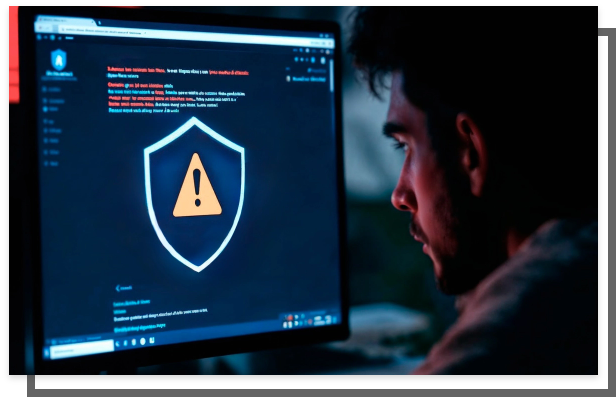Get Started with Free LMS
Boost Skills and Performance at No Cost!
Syncing your HR information system and LMS has a lot of benefits when it comes to saving time, money and effort spent on managing your organization’s learning and development.
Your HR management system helps you to manage your people. Your LMS manages their learning, which is a crucial aspect of maximizing their performance levels and job satisfaction – both important factors for any HR manager – so it makes sense that your HR system and LMS should be able to speak to each other to automate processes, create efficiencies and reduce duplication.
HR information system integration with LMS helps your employees with rich and relevant content they can master and incorporate into their daily workflows. This content can even be personalized for each employee so that they can be more engaged in enhancing their skills. In addition, HRIS LMS integration helps you to monitor how efficiently your employees are upskilling their performance.


When HR management software coexists with an LMS, employees can acquire learning directly from the HR system, which provides them with empowerment over their additional skills and knowledge. Not only employees in your firm, but these modules and materials are also open for instructors, external employees, and potential applicants.
Access 100+ fully editable, SCORM-compatible courses featuring an integrated AI Tutor and an in-built authoring tool. Seamlessly compatible with any LMS, these courses are designed to elevate your training programs.
Explore Course Catalog



Just answer a few quick questions, and we’ll match you with the perfect LMS within your budget.
There are a few different ways which follows the industry standards, such as SAML, that tends to be very secure for SMEs as well as OAUTH software. However, most enterprise-level LMSs, HRMS systems, and ERP systems, such as Oracle, support SAML. Similarly, there is another way for HR system integration, that is a custom single-sign-on.
Let’s say you have a homegrown ERP or HRIS system that doesn’t support these industry standards. A custom single sign-on is built on security tokens between the two systems. Paradiso supports ten different security standards, including SAML and OAUTH and has built custom token-based SSO.

The third way for HR software LMS integration is through database synchronisation. When we speak about user sync, this implies you can enter a new user on HRIS system and can sync data on both systems. This data is so much more than 1st name and last name. You can store data of department, location, language, and manager’s name available in your master records such as ERP, HRMS system or intranet. With the help of the rules engine process, Paradiso helps you to automate your employees course process and notifies your manager as well as HR with it.
Considering course synchronization, as the user completes their learning path or the course, these activities are recorded, and reports are generated with HRMS through LMS, saving a lot of manual time.
LMS Integrations
























Paradiso LMS seamlessly connects with your HRIS to automate user creation and role-based enrollments, allowing you to deliver customized learning paths based on job roles, departments, and skill gaps. This ensures each employee receives targeted training aligned with your HR data for maximum relevance and impact.
Yes, Paradiso LMS offers a Free LMS plan that allows organizations to experience the core features of the platform with no upfront costs. This free plan provides access to essential tools for small teams or pilot programs, giving you the opportunity to explore how Paradiso LMS can enhance your training initiatives before committing to a paid plan.
To explore Paradiso LMS in more detail, you can easily schedule a personalized demo. Our team will walk you through the platform’s features, customization options, and integration capabilities to help you understand how Paradiso LMS can meet your specific organizational needs. Simply visit our website and click on “Schedule a Demo,” or contact us directly to set up a time that works best for you.

It involves changing people to improve performance, which in turn changes organizations to improve success


Check out our advice on selection of the ideal LMS for your training company so that your clients have the finest learning experience possible

A scalable, AI-powered learning platform with advanced analytics and mobile access—built to drive performance across your organization.

Rapidly create professional, interactive courses with AI-driven course-building tools tailored for business training.

Access a curated library of certified, industry-relevant courses to upskill teams, ensure compliance, and accelerate growth.
Solutions
Industry